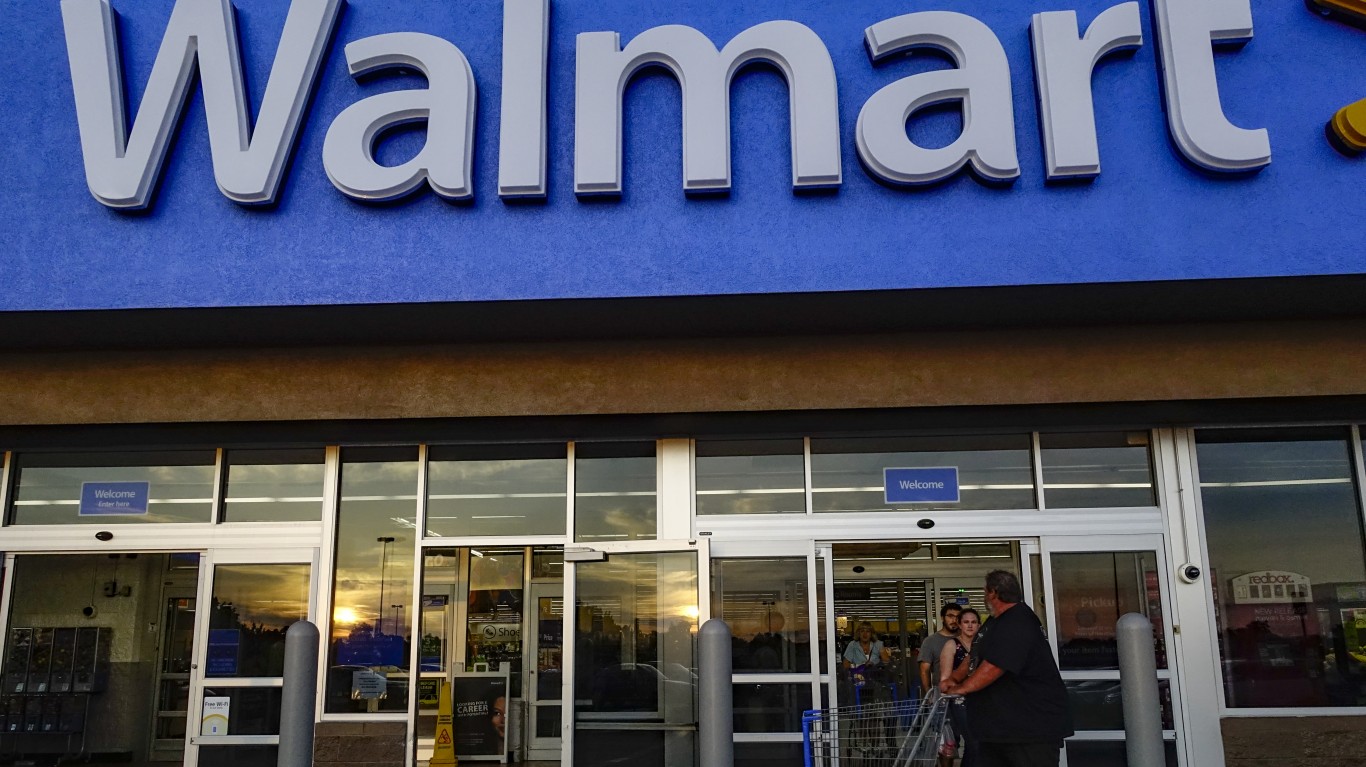
The travails of Macy’s Inc. (NYSE: M) are well known. The country’s largest department store and the second-largest apparel retailer suffers from declining sales and dwindling market share.
Most of the decline has been traced back to e-commerce and, specifically, Amazon.com Inc. (NASDAQ: AMZN). But a recent survey of consumers who say they now shop less frequently at Macy’s reveals a different story.
When it asked these consumers where they shop for apparel now that they no longer visit Macy’s as often, Coresight Research found that other brick-and-mortar stores, as a group, get a far bigger share than does Amazon. Note that respondents were allowed to select more than one store.
That’s not to say that Amazon doesn’t get a big chunk. Some 42% of respondents say they now shop for apparel at Amazon, making the e-commerce giant the largest single gainer among consumers who now shop not at all or less than they once did at Macy’s.
But three discount stores are also winning former Macy’s customers: Nearly 25% say they now spend more on apparel at T.J. Maxx/Marshall stores, 12% spend more at Costco and 9% spend more at Ross.
Among mass merchandisers, 21% of shoppers spend more at Target and nearly 15% spend more at Walmart.
Even other department stores benefit: 21% shop at Kohl’s, nearly 12% shop a J.C. Penney, more than 11% shop at Nordstrom/Nordstrom Rack and 3% are even taking their dollars to Sears.
Respondents also noted shopping more at specialty stores like Old Navy (10%), H&M (5%), Forever 21 (nearly 5%) and Gap (nearly 3%).
Coresight notes a general pattern:
Fully 37.5% of the US consumers we surveyed said that they agreed with the statement “Compared to around three years ago, clothing is now less of a spending priority for me.” We think this deprioritization of apparel partly explains why so many consumers have switched away from shopping at midmarket department stores.
Regarding apparel shopping at Amazon, a Prime membership appears to be the reason the company gets so many former Macy’s shoppers. According to Coresight:
More than half with an Amazon Prime membership said that they have switched some or all of their apparel spending to Amazon.
Only about 22% of those with no access to Prime have switched some or all of their apparel spending to Amazon.
Those without a Prime membership have redirected their apparel spending to Walmart, Kohl’s and T.J. Maxx at either the same rate or a higher rate than they have switched that spending to Amazon.
While Amazon is a factor in Macy’s sales decline, it is not the most important factor. Americans’ choosing to spend less on apparel is a bigger factor. Biggest of all is Prime membership, which goes a long way toward explaining why Amazon pushes Prime so hard.
Thank you for reading! Have some feedback for us?
Contact the 24/7 Wall St. editorial team.



